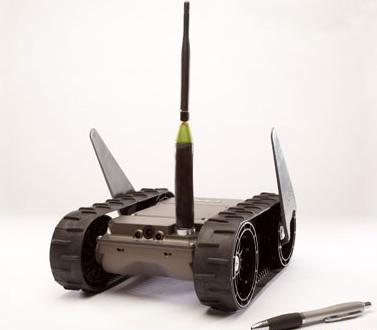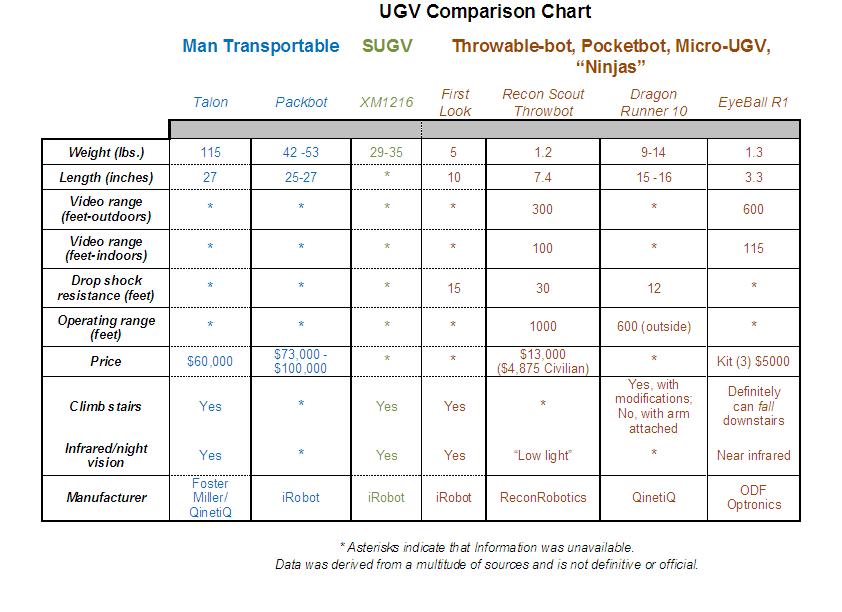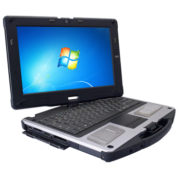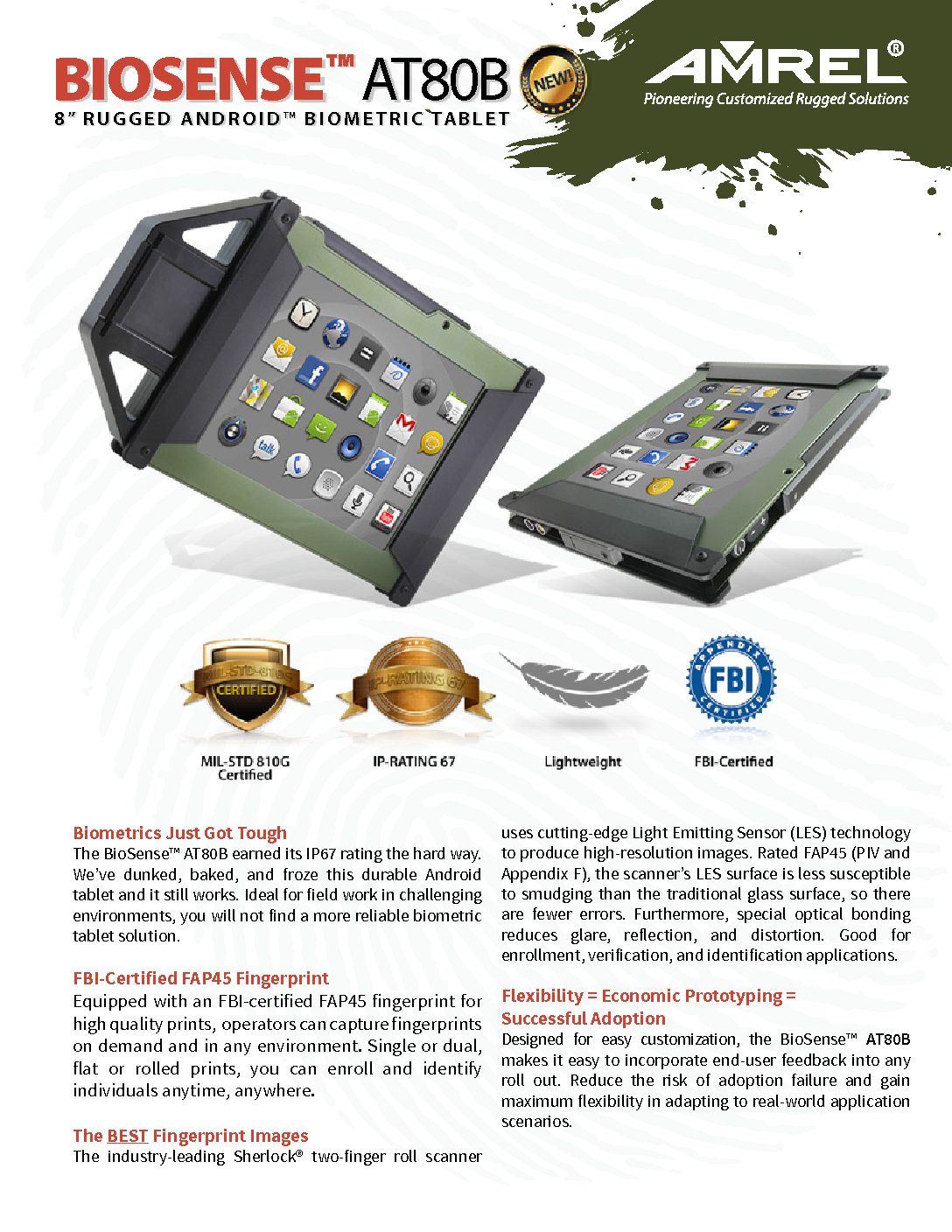 In the early days of the Afghanistan and Iraqi wars, US forces had no effective countermeasures against Improvised Explosive Devices (IEDs), the single biggest cause of combat deaths. To fight the IED threat, our armed forces turned to Unmanned Ground Vehicles (UGV).
In the early days of the Afghanistan and Iraqi wars, US forces had no effective countermeasures against Improvised Explosive Devices (IEDs), the single biggest cause of combat deaths. To fight the IED threat, our armed forces turned to Unmanned Ground Vehicles (UGV).
It’s hard to remember now, but UGVs barely existed 10 years ago. The Defense community abandoned the traditionally leisurely pace of decades-long weapons development and quickly flooded combat theaters with thousands of UGVs. In 2011, the world’s governments are projected to spend $702 million a year on UGVs. Below is a chart comparing a few UGVs.
UGVs are a stellar example that it is possible, despite the cumbersome acquisition process, to rapidly develop and deploy innovative technologies that match warfighter needs. Furthermore, UGVs continue to evolve, modified by warfighter feedback.
In-theater soldiers reported that the UGVs were too big and too heavy. Most commonly used UGVs are classified “Man Transportable,” meaning that one to two men could “easily” move them. Indeed, a 50-pound PackBot theoretically should not be a serious burden for a fit soldier. However, the reality is that a soldier may have to carry the robot several miles, in addition to his combat gear, which can weigh up to 130 lbs.
Several companies responded to this feedback with what might be described as “mini-me” versions of their standard UGVs. Observers often comment on the similarities of iRobot’s XM1216 Small UGV (SUGV) to the larger PackBot. QinetiQ’s Dragon Runner 10 is a smaller version of the series 20 model.
However, even these “mini-me” robots proved too big when UGVs missions expanded beyond mere IED detection. Counter insurgency tactics increased the importance of Sensitive Site Exploitation. Going door to door in an urban setting is one of the most critical and dangerous missions that soldiers can undertake. They needed robots that would give them Situational Awareness of a building before they entered it. While the XM1216 SUGV may be smaller than the 50 pound PackBot, it still weighs at least 29 pounds. That’s a bit heavy to throw over a wall or into a house.
One of the first companies to develop a UGV with these missions in mind was the Israeli manufacturer ODF Optronics. As the name implies, its EyeBall R1 is just a small ball that can be easily tossed into a room. Its deceptively simple spherical form factor contains a 360-degree camera system, as well as audio detection equipment. Specifically designed to assist a squad to enter and clear a house, the EyeBall R1 is a prime example of how UGVs continue to evolve in response to warfighter’s input.
EyeBall R1 represents a brand new class of robots. Sometimes called “throwable,” they have also been referred to as “pocketbots,” “micro-UGVs,” and even as “ninjas” for their reputed stealth capabilities.
Companies other than ODF Optronics are also creating “throwable” robots. A leader provider of UGVs, iRobot, is developing “FirstLook.” AMREL’s Senior Program Manager – Robotics, Mike Castillo, had a chance to observe FirstLook at AUVSI North America 2011, and is quite impressed. He states, “iRobot seems to have hit the mark in designing their new throwable bot. The FirstLook is exceptionally capable for its diminutive size. I was particularly impressed when watching the robot climb steps 8 inches high, automatically self-right when flipped over, and maneuver in very tight spaces. With 4 built-in cameras, its situational awareness capabilities are an advantage.”
“The robots small size (about 5 lbs) makes it easy to carry and easy to deploy. Its robust construction makes it ideal for operations within hostile and rugged environments.”
“Adding this robot to its existing product offering will continue to make iRobot a force to be reckoned with for some time.”
Other “throwable” robots demonstrated at the AUVSI convention included Recon Scout Throwbot and the Dragon Runner 10.
“Throwable” robots represent the convergence of several major trends:
- Increased importance of Situational Awareness for front-line troops
- Relying on unmanned systems to assist their manned counterparts
- Defense community’s determination to quickly respond to warfighters’ input
- Spread of “economical” robots
“Economical” robots may be a new concept to you, but they could be the wave of the future. Take a look at the above table, and you will see that the smaller robots are considerably cheaper than their larger counterparts (caveat: prices were taken from online sources and are not in any way official). Of course, this may be an unfair comparison since the larger, more expensive UGVs have greater capabilities. Furthermore, the needs of a specific mission dictate the form factor for any robot. However, as indicated in Mike Castillo’s above quote, robot manufacturers are working hard to make their “throwable” devices as capable as possible; the capability gap between the big and small UGVs may be shrinking.
To a certain extent, unmanned systems are a victim of their own success. Part of their original appeal was their “disposability,” i.e. it’s better that they get blown up than our soldiers. As UGVs prove their worth over and over again, their importance grows. Through the years, UGVs have been assigned to a greater variety of missions, increasing their complexity and cost. It is well known that warfighters will risk their lives to save a damaged UGV. If UGVs are perceived as valuable and tactically significant, does the original rationale of “disposability” still hold?
One solution is to build a lot of “cheap,” small, disposable robots. In theory, warfighters should be less tempted to enter dangerous situations to protect cheaper, throwaway systems. Logistics would also benefit since repair would be less frequent, and transport of smaller devices would be easier. This concept has been suggested not only for UGVs, but also for UAVs; sophisticated Integrated Air Defenses (IAD) could be overwhelmed by waves of micro-UAVs.
As impressive as the FirstLook and the other throwable robots are, the long-term fate of this particular form factor will be determined by input from the field. Currently, they are very much in-demand by warfighters as well as civilian First Responders, but that could change. There have been some grumblings that the EyeBall R1 (which lacks the independent mobility of the more sophisticated FirstLook) hasn’t been as helpful as predicted. For one thing, the floor may not be the best place to gather Situational Awareness. Another complaint is that throwing something through a window or door alerts the inhabitants to the presence of soldiers. Who knows? Maybe next year you’ll be reading an article about an eavesdropping robotic fly.








Mini Crusher is a new mini UGV from NREC, which originally created Dragon Runner. Its strengths are versatility, speed and maneuverability on many surfaces, a rugged, modular design and relatively large payload capacity. Missions include explosive ordnance disposal, reconnaissance, surveillance and hazardous material detection.
Its home page is http://www.rec.ri.cmu.edu/projects/mini_crusher/, with a video at http://www.rec.ri.cmu.edu/projects/mini_crusher/videos/.